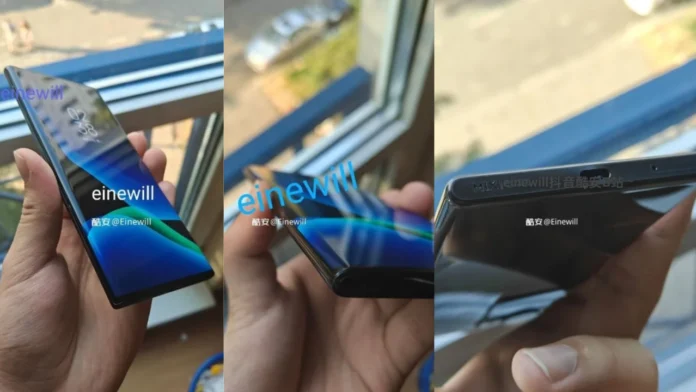Xiaomi has been quietly working on an ambitious buttonless smartphone concept for the past 1.5 years. This futuristic device aims to push the boundaries of mobile design by eliminating traditional physical buttons in favor of more innovative controls. With pressure-sensitive edges and haptic feedback, Xiaomi is rethinking how users interact with their smartphones, replacing power buttons and volume rockers with advanced touch sensors.
The buttonless smartphone from Xiaomi features pressure-sensitive sides, allowing users to perform typical actions like adjusting volume, turning the device on or off, and activating shortcuts with specific gestures. This technology is coupled with haptic feedback, which gives users the sensation of pressing real buttons, even though the device has no physical keys. The design offers a sleek and seamless look, enhancing both aesthetic appeal and user experience.
This concept not only makes the phone more futuristic in appearance but also improves durability, particularly in terms of water and dust resistance. By removing buttons, Xiaomi reduces possible entry points for damage, increasing the device’s chances of receiving a higher IP rating for protection against the elements.
The smartphone features a curved display that wraps around the edges, giving it a more immersive and modern feel. This curved glass design serves both form and function, extending the touch-sensitive surface across the device’s edges for additional gesture-based controls. The smooth transition from screen to body enhances the overall usability and sleekness of the phone.
Rumored to be powered by Xiaomi’s latest hardware innovations, this device is expected to deliver flagship-level performance. By eliminating physical buttons, the phone will likely rely more heavily on software-based interactions, offering users more flexibility in customizing how they use the device. Additionally, this design allows for greater tactile feedback, so users will still experience responsive interactions without the need for physical buttons.
Xiaomi’s decision to develop a buttonless smartphone reflects the company’s commitment to innovation and pushing the limits of traditional smartphone design. By relying on gesture-based and pressure-sensitive controls, Xiaomi is providing a more intuitive user interface that blends seamlessly into the device. The removal of buttons also increases the phone’s structural integrity, making it more resistant to wear and tear over time.
While this buttonless smartphone is still in the experimental phase, its development highlights Xiaomi’s forward-thinking approach to mobile technology. Although a commercial release date has not yet been announced, this concept shows the potential for a future where smartphones no longer rely on physical buttons.

